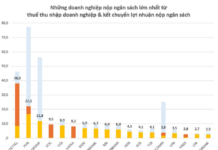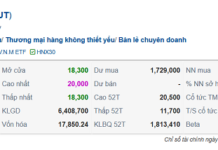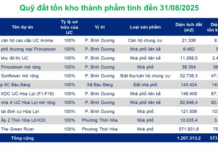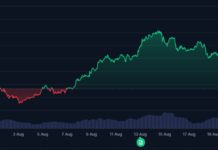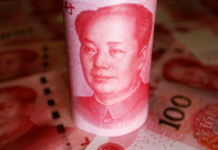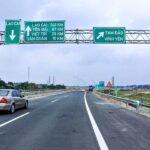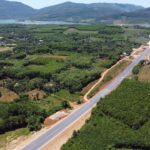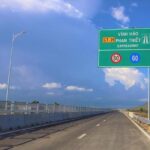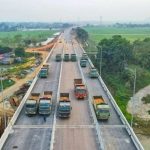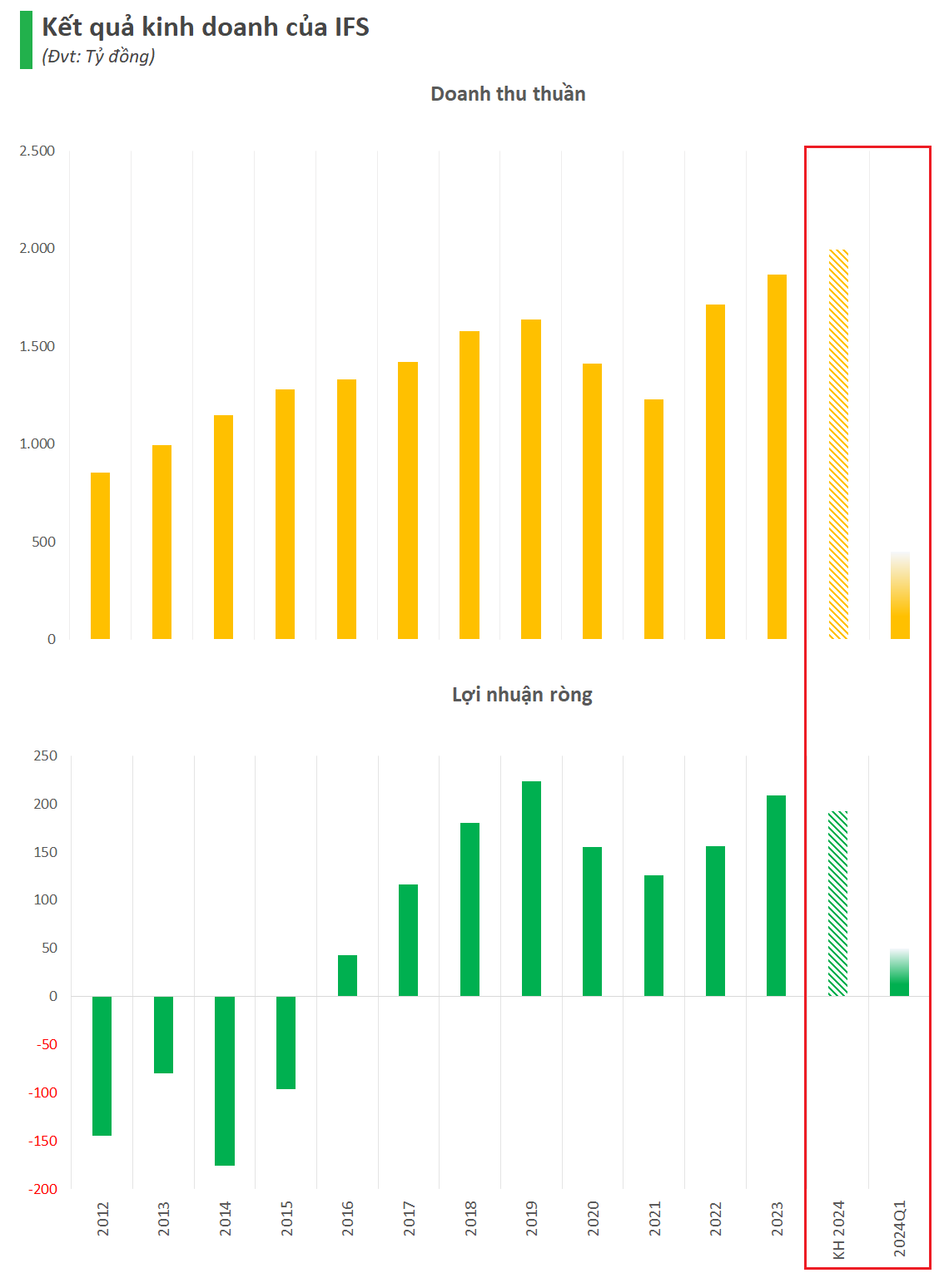The Vietnam Road Administration has submitted to the Ministry of Transport a draft decree regulating tolls for expressways.
According to the proposal, tolls will be collected on expressways that meet three conditions: the expressway is designed and constructed according to technical standards and regulations; construction is completed and the road is open to traffic; and toll stations, software, and equipment are installed to facilitate toll collection.
There are currently 12 state-invested expressway projects that meet the criteria for toll collection from October 1st. These include the Lao Cai – Kim Thanh, Hanoi – Thai Nguyen, Ho Chi Minh City – Trung Luong, Cao Bo – Mai Son, and Mai Son – National Highway 45 routes, among others.
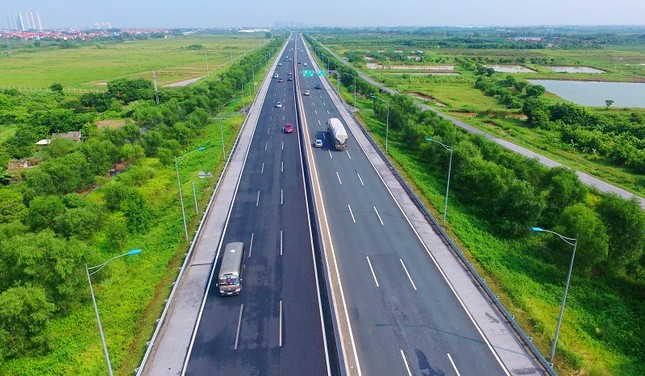
12 state-invested expressway projects are ready for toll collection from October 1st.
In terms of toll rates, the Vietnam Road Administration has proposed a range of VND 1,300 to VND 5,200 per kilometer for four-lane expressways, and VND 1,500 to VND 6,000 per kilometer for expressways with four lanes or more.
For expressways opened before January 1, 2025, that do not meet the standards (lack of rest stops, access roads, etc.), the following toll rates are proposed: for four-lane limited expressways, VND 900 to VND 3,600 per kilometer; for four-lane expressways with continuous emergency lanes, VND 1,000 to VND 4,000 per kilometer; and for expressways with four lanes or more, VND 1,100 to VND 4,400 per kilometer.
With the proposed toll rates, it is estimated that the annual toll revenue from the operational expressways could reach VND 3,210 billion, with VND 2,850 billion being contributed to the state budget annually.
Regarding the toll collection methods, the Vietnam Road Administration stated that the government will mainly lease or franchise the toll collection to private entities. They will select contractors to provide toll collection services based on an automatic toll collection system. The second option is to auction the management of expressways through a business-operation contract (O&M). Investors will be responsible for toll collection, road management, and maintenance, or they can sell the toll collection rights for a specified period.
“The advantages and disadvantages of these collection methods are being carefully evaluated,” said the Vietnam Road Administration. “If private investment is not attracted, the state will organize and implement the toll collection. We will also deploy an intelligent transportation system (ITS), including an automatic toll collection system, which will be invested in conjunction with the construction of expressways, eliminating the need for additional investment in toll booths.”
Maximize highway speed to 90 km/hr
The Ministry of Transport (MoT) has recently issued a communication to relevant units regarding the adjustment of operating speeds for divided-investment expressways designed with 4 motorized vehicle lanes and a median barrier (2 lanes for each direction).













